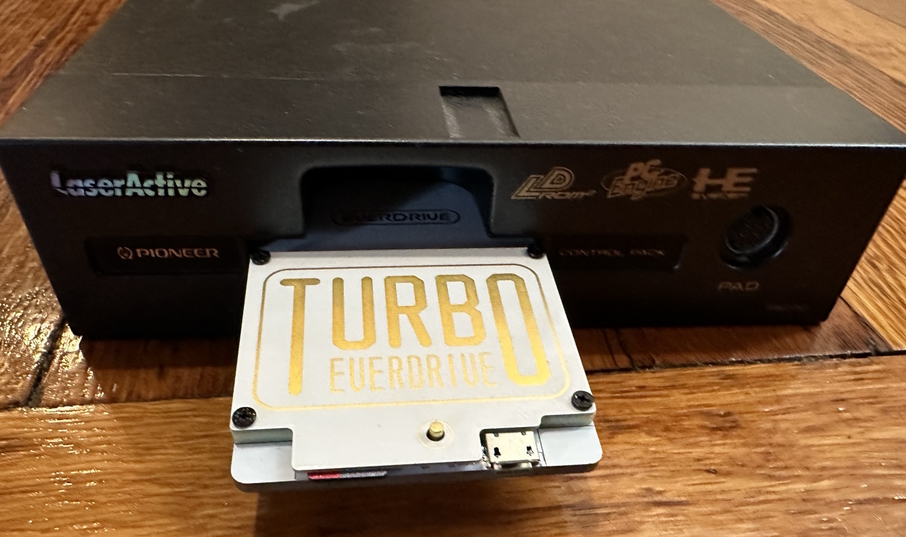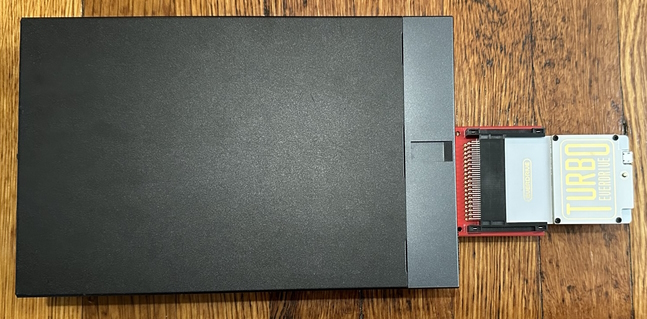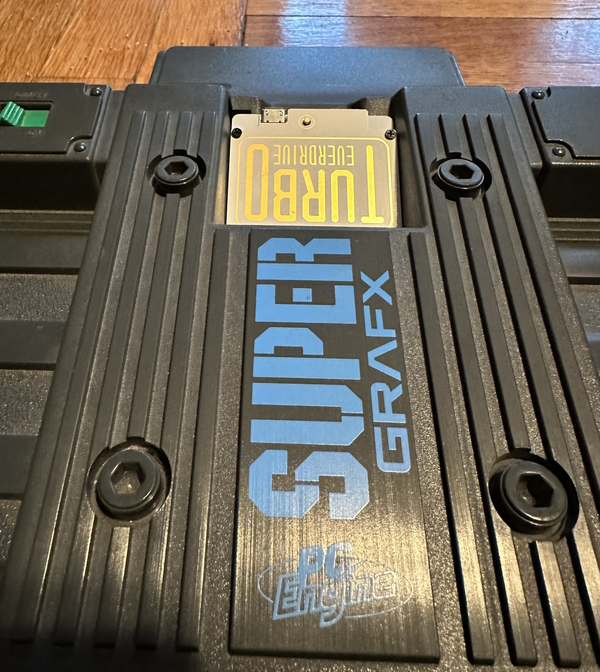All Power to the HuCard Slot: The Turbo Everdrive Pro
The NEC PC Engine is an amazing console with an excellent library. It’s also a bit of a mess, with many different models, different capabilities, and different graphical specs; all of which are in fairly high demand. So I’m all for the release of tools that make the system more comprehensible and make its library more accessible: krikzz’s Turbo EverDrive Pro promises to do just that. How does it hold up to the weirdest stuff in my PC Engine collection?
This post is not sponsored in any way, shape, or form. I paid full retail price for the items discussed in this post, and did not have any discussion with krikzz prior to publishing this post.
To get started
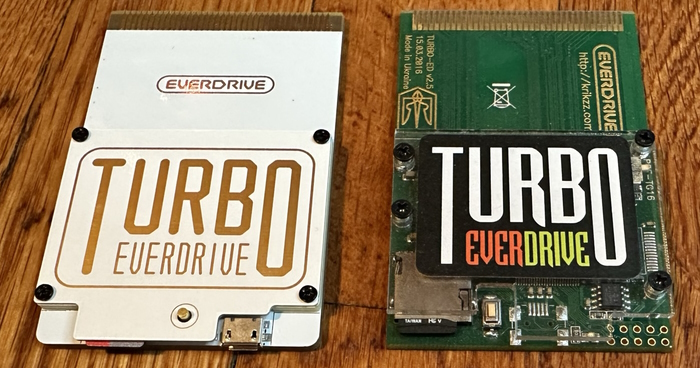
The Turbo EverDrive Pro is the successor to the popular Turbo EverDrive 2; a HuCard that can run games off of an SD card. Like the Turbo EverDrive, it has a reset button on-board, which goes back to the game select menu. New for this release is a region auto-detect, rather than a switch, and an included USB port. This was solderable on as an option for the prior model; it can be used to update the internal firmware and also for development purposes.
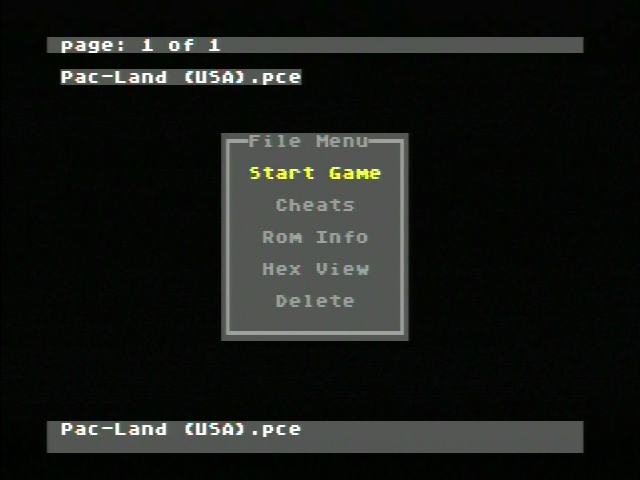
The new firmware comes with a number of enhanced features; for example, cheats and even the ability to view a hex dump of the ROM.
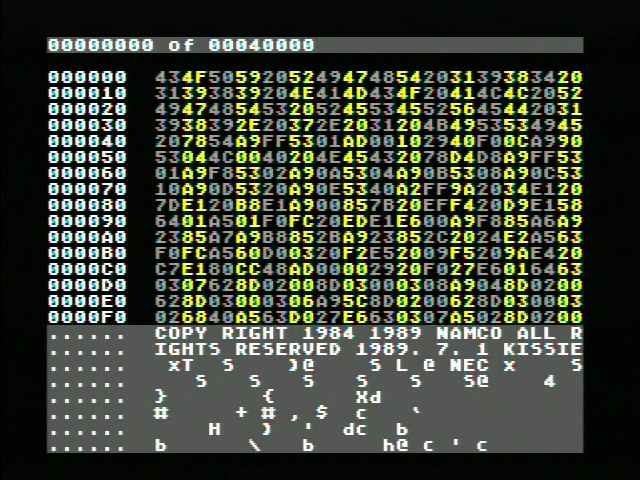
In case you’re curious, doing so with a CD game will just show you the CUE file. By the way, in case you’re curious, I ripped this game CD myself using TurboRip.
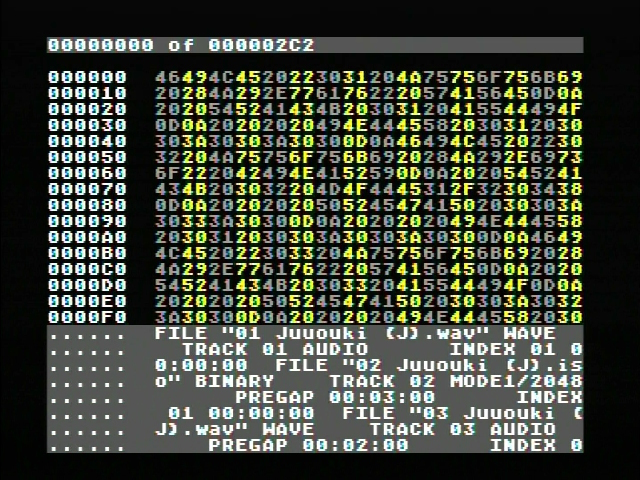
A new feature is that the button doesn’t just reset to the game select menu; it brings up an internal menu. (You can also configure a hotkey combination to do this) With HuCard games, this brings the ability to save and load states. That’s a new feature for the Turbo EverDrive series; unfortunately, it states doesn’t work on CD-ROM games, though you can still access the menu.
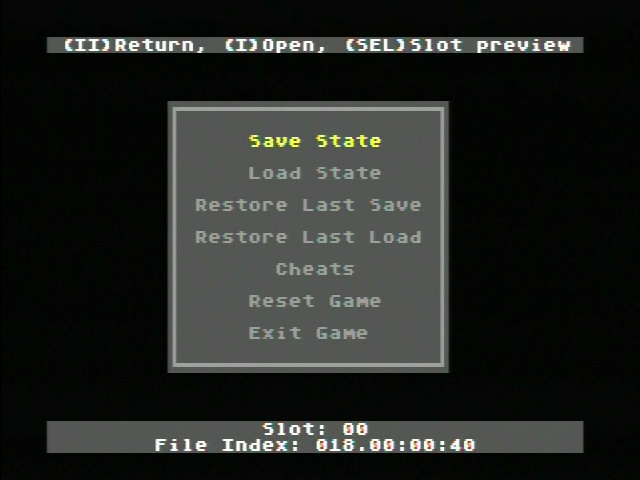
LaserActive and region changes
The Turbo EverDrive PRO is just a hair thinner than the older Turbo EverDrive. Unfortunately, much like its amateur sibling, it’s still not thin enough to fit inside the Pioneer LaserActive.
One trick I often do to get around this without needing to disassemble the EverDrive is to use a Japan-US region converter, which is pretty long. The Turbo EverDrive has a region switch, so this isn’t a problem.
However, the Turbo EverDrive PRO gets rid of the region change switch. Instead, the region switch is done internally on the card itself. This gave me some concern, because I don’t know how it’s detecting that– the region change reverses the data bus, so of course if it thinks it’s still on a Japanese console, it will fail to do much of anything. Thankfully, it actually worked fine.
The saving and loading state feature is a nice improvement, but let’s face it, most people who buy this are probably looking for its other headline feature: the ability to run CD-ROM images direct from the HuCard slot. The CD-ROM2 add-on was heavily embraced by PC Engine developers, and features some of the best games. So that’ll be my main focus for rest of this review. Would Johnny Turbo be proud?
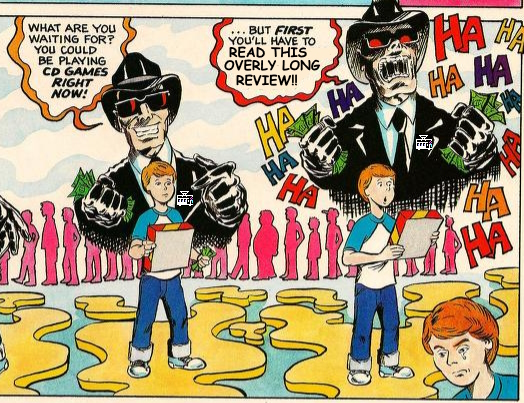
Woe to the HuCard slot
As noted, much like the previous models of the Turbo EverDrive, the Turbo EverDrive Pro connects directly to the HuCard slot. Unlike other models of the Turbo EverDrive, though, the Turbo EverDrive Pro offers PC Engine CD compatibility. As far as I know, this is unique, and high points to krikzz for doing something not done before. Other similar solutions, like TerraOnion’s Super SD System and Super HD System, require use of the expansion slot in the back.
However, right out of the gate, this brings us a few big downsides, and it’s best to get those out of the way first. For some, that might be enough to avoid this product entirely. For others, they’re better tradeoffs than the expansion port. NEC made a lot of variants.
Mono audio
The HuCard was forward thinking enough to include an audio input. Unfortunately, it was not forward-thinking enough to include stereo audio inputs. The original PC Engine, with the RF output only, was a mono console; stereo audio wasn’t encoded into its RF output. However, its HuC6280 CPU (which included its audio) always had stereo audio capability, which was exposed in essentially all iterations of the product.
This limitation is even more painful on the CD audio; PC Engine CD games generally have their audio encoded as standard CD redbook digital audio, which has been a stereo format from day 1. Unfortunately, there’s nothing that can be done about it without eliminating the convenience of being a HuCard. The manual does mention that an audio board can be attached but doesn’t give additional details.
Here’s a level from my own game, Space Ava 201. The CD audio in this game was mostly done in mod trackers, and this track in particular, This Penance, has a lot of Amiga-style aggressive panning. You wouldn’t be able to tell from the audio of this video, though. Here’s a stereo version uploaded to YouTube for comparison.
Interestingly, as far as I know this is the only commercial product that has ever taken advantage of the HuCard’s slot expansion audio capability.
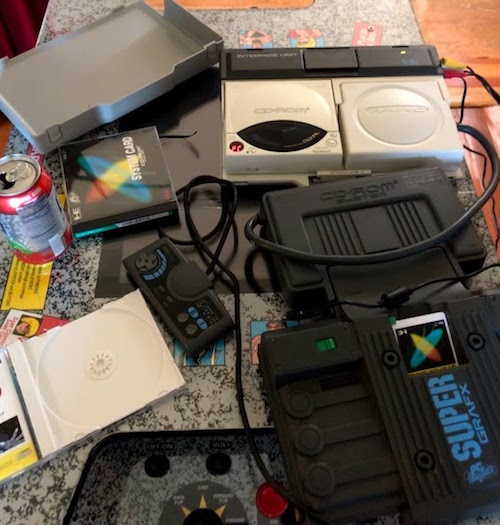
The same issue, except on the expansion slot, is what made the SuperGrafx CD such a mess on my table. If only NEC had included stereo audio inputs from the beginning, so much could’ve been avoided…
No Duo (or LaserActive)
I have the following PC Engine-compatible devices:
- NEC SuperGrafx
- NEC PC Engine Duo R
- NEC Turbo Duo (US spec)
- Pioneer LaserActive w/ PAC N-1
That’s a lot! More than anyone really needs, honestly… but only one of them can use the Turbo EverDrive PRO’s CD capability: the SuperGrafx. And only when I don’t attach the CD-ROM2. Even with the HuCard form factor, the Turbo EverDrive can’t emulate a CD when a CD is already attached to the system; it would cause a bus conflict as the two devices would exist at the same address.
Being a HuCard is still more flexible than the solutions that require the expansion slot, as it should work on systems like the PC Engine Shuttle or TurboExpress. However, I don’t have either of those to test.
It’s worth noting that other features of the Turbo EverDrive PRO, like save states for HuCard games, should work fine on the Duo systems. (Though not the save game support, since that also conflicts as it’s part of the CD-ROM feature on the Duo) In fact, you can even save state on the SuperGrafx and then load it again on the LaserActive. Not sure why you would want to do that, but you can.
No improved video output
What do the original PC Engine CD-ROM2 Interface Unit, the standalone Super CD-ROM2, the Backup Booster (NEC’s competitor to the Tennokoe 2), and even the TerraOnion devices all have in common? They all have improved video output.
The original PC Engine had only RF output. And apparently NEC saw that as a mistake on their part pretty damn quickly, as practically everything they made later output at least composite video, including all attachments for the rear. This of course also solved the “lack of stereo audio on the HuCard slot”, since you wouldn’t get the audio from the console anymore.
With the Turbo EverDrive PRO, you have to get the video from the console. Now, the original PC Engine can still use any of the expansion port devices, but you’ll have to provide those separately. It goes without saying that trick features, like the Super HD System 3 and MiSTer’s capability of using the composite video palette in higher-quality graphics modes, are out of the picture, as is the HD System 3’s SuperGrafx support.
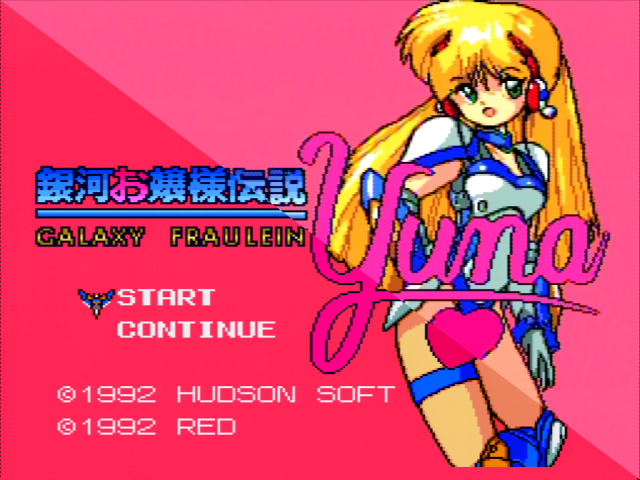
I don’t think this is that big of a deal compared to the other two, since you can still get the RGB signals from the expansion port, but it’s definitely worth noting.
The good stuff
So that’s out of the way! Remember, those limitations above are entirely because the Turbo EverDrive PRO occupies the HuCard slot. And there’s a big benefit here too: it’s trivial to use. There’s no installation or even unplugging. (Except if you need to unplug the CD) Don’t discount ease of use.

Turning it on on my SuperGrafx immediately gives the best version of Space Ava 201 possible, Super Space Ava 201 Arcade. Sure, it’s in mono. But hey, so is my Trinitron PVM. Getting this working on my usual SuperGrafx-CD would’ve required a mess of cables, my CD-ROM2 and Interface Unit, a burned CD (…yes I know I said I would have some pressed at one point…) and an Arcade Card Pro. (Remember, the Arcade Card came in Duo and Pro versions!)
Okay, I’m being a bit self-indulgent using my own game. So let’s instead take a look at another arcade card game: Ryuuko no Ken, better known to western gamers as Art of Fighting. Or Art of Fighting!.

Honestly, I couldn’t see any issues with this title, which makes heavy use of the arcade card. Its fancy zooming and scrolling effects also looked as good as usual, which I didn’t expect to be an issue (once it’s in RAM, it’s running the same code), but is still fun to see. Don’t mind my playing here, I’m using the two-button controller and that’s my excuse.
So the basics of PC Engine CD, Super CD-ROM2, and Arcade Card capability are all here; if these games work, I don’t see why the vast majority of the PC Engine CD library wouldn’t. Let’s take a look at some of the oddballs.
The BIOSes
The PC Engine CD BIOS is copyrighted by NEC and Hudson, and can not be distributed without their permission outside of limited fair uses, I am not a lawyer, ipso facto, etc. etc. So you need to provide your own BIOS; krikzz recommends the Japanese Super CD-ROM2 v3.0 BIOS, since it has the highest compatibility. (I talked about BIOS compatibility a bit in my Trademarks and Region Locks on the PC Engine post.)
I am a rebel, however, so I immediately used the equivalent version of the US BIOS. This is the same version that exists on my Turbo Duo, NEC, so don’t worry.

One game that won’t work even on the Japanese v3.00 BIOS is the port of Juuouki, better known to westerners like me as Altered Beast. And yes, it does shout “Rise from Your Grave!” Which is good, because otherwise the HuCard version would be better in every way.
That’s the best part of this very slow and plodding port, and thankfully you can see it on pretty much any PC Engine console with a Duo attachment. But another fun part of the game is turning into a beast, getting a full-screen transform, and being powered up against your enemies.

And when you do that on a system not equipped with the Japanese v1.00 BIOS, you’ll quickly find the game grind to a halt, as your character just stands there. Mind you, it might take a while to notice, since you spend a lot of time just standing there anyway.

Juuouki on the PC Engine CD is hamstrung by the original CD-ROM2 format; it is constantly streaming game data from the CD-ROM to fill the limited 64kiB of RAM. (This is also why the in-game audio isn’t CD digital audio, as that would’ve prevented them from accessing the CD during levels) It seems that it jumps into BIOS routines directly, and this fragile system breaks down under different versions.
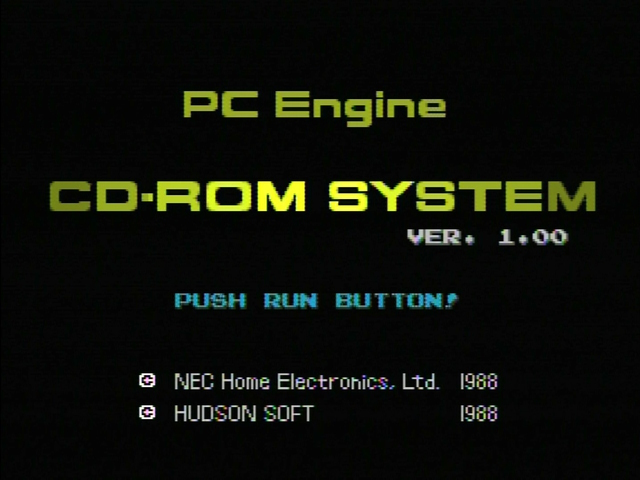
So, how does the Turbo EverDrive PRO solve this? If you store your game ISOs in folders, you can drop a .pce file in the same folder. Then, the game will use that as the BIOS, without needing to reset your main BIOS every time. It works great, which is more than can be said for the CD version of Juuouki. Really even the Famicom version is better.
CD Bishoujo Pachinko
Another odd-ball is the game CD Bishoujo Pachinko. This was an unlicensed game released by Games Express, which as the title implies, features pretty girls and Japanese gambling machines.
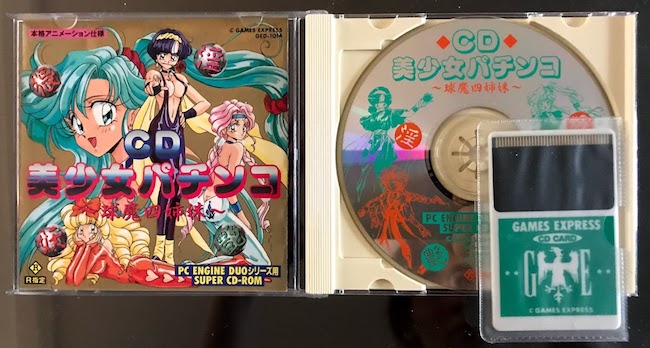
This game has an interesting characteristic: it works only on the PC Engine Duo consoles, or the standalone Super CD-ROM2– it does not work with the Super System Card. That’s because it bypasses NEC’s security by providing its own boot-up card, and Games Express didn’t want to pay for the extra RAM.
Back in 2020, I tried to bypass this requirement using the amateur Turbo EverDrive. After all, the Turbo EverDrive also has onboard RAM– unfortunately, it didn’t work and the game froze soon after booting, and I’m not quite sure why.
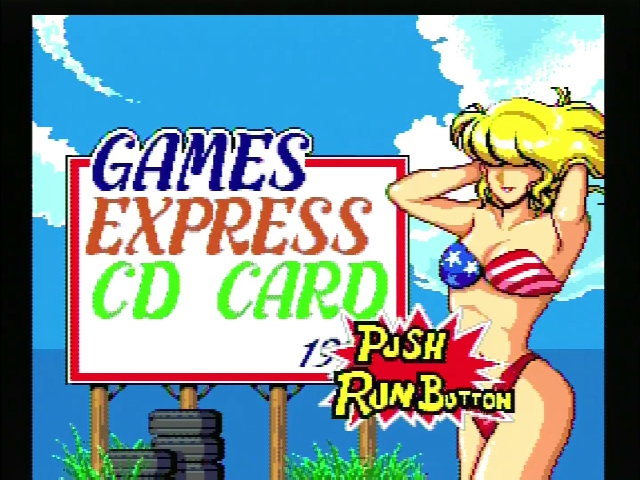
I’m glad to say that using the Turbo Everdrive PRO’s BIOS bypass to run a Games Express system card worked this time. So now you can play all the bishoujo pachinko you want!
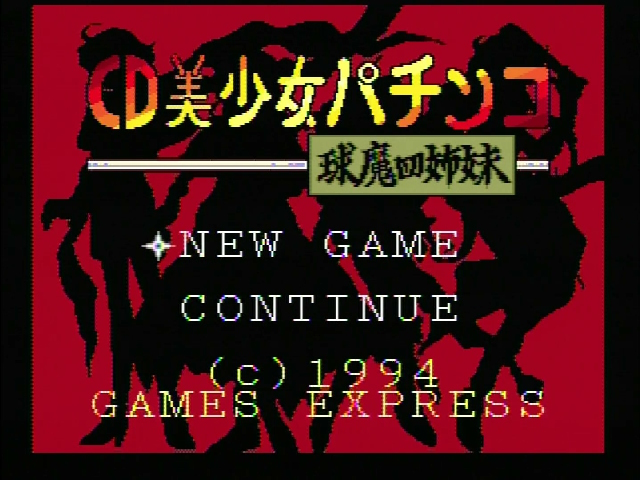
Which admittedly, may not be that much. But supporting edge cases like this means that the compatibility really does seem to be pretty wide. I haven’t been able to break it yet.
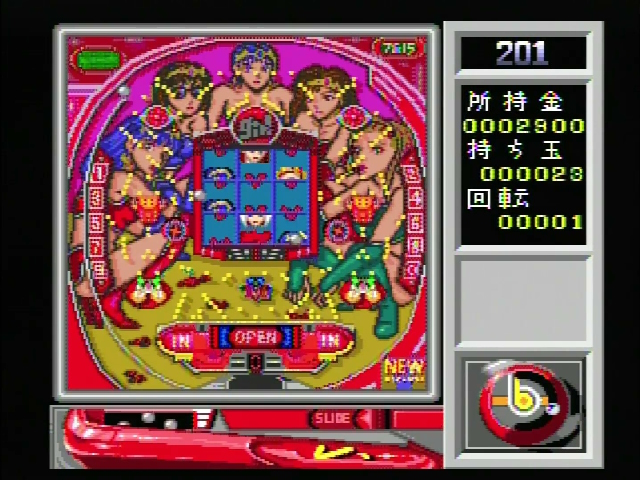
Speed
In the past, I compared the speeds of a few CD systems, and found that the Pioneer LaserActive was the fastest way to play CD-ROM games. One test I did was using the game 3x3 Eyes.
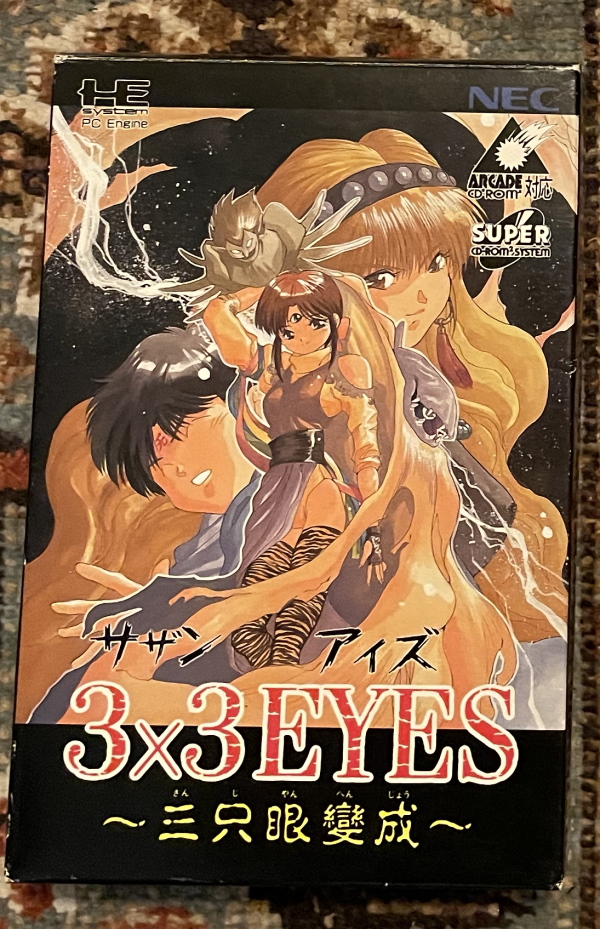
This game has an optional use of the the Arcade Card to cache its image data, allowing for higher-quality CD audio to be used for the intro cutscene. It takes some time for this to load, however.

So let’s see how long this takes for the Turbo EverDrive PRO.
| System | Time |
|---|---|
| SuperGrafx-CD | 73.62s |
| Turbo Duo | 74.09s |
| LaserActive | 67.90s |
| PC Engine Duo-R | 110.41s |
| Turbo EverDrive PRO | 76.08s |
| Super SD System 3 | 19.56s |
So this is one thing I’ve noticed about the Super SD System 3 is that it appears to run games much faster; I’m assuming that the Turbo EverDrive PRO is trying to emulate typical loading delays for better compatibility.
Now, why would you want loading delays? Well, take this cutscene from Sherlock Holmes: Consulting Detective. Then, wonder why anyone would ever think the PC Engine CD wasn’t well-suited to FMV games. This one is using the Turbo EverDrive PRO.
Now, take a look at it on the TerraOnion Super SD System 3. Note that for this image, I used the composite output on the SuperGrafx for a fair comparison, but had to use the stereo output on the back for audio.
You might notice that with the EverDrive PRO, the video is filled with loading pauses while the audio keeps talking. On the Super SD System 3, that doesn’t happen, and the video is much smoother– but the video is timed along the loading, so mouth movements quickly get out of sync. Honestly, most PC Engine CD games outside of Arcade Card titles don’t have too much loading, so this isn’t a huge deal. Still, it would be nice if this was an option, especially since in the example case the Turbo EverDrive PRO was surprisingly outpaced by even the SuperGrafx-CD using an original CD-ROM2.
As for the loading times on the Sega CD? Well, that’ll take you almost two years.

TurboPower!
The Turbo EverDrive PRO has excellent compatibility for PC Engine CD games in a convenient, affordable, easy-to-use package. Unfortunately, it makes a lot of sacrifices for that easy-to-use package. Since the PC Engine is such a mess, it might be better to create a set of answers depending on how you play.
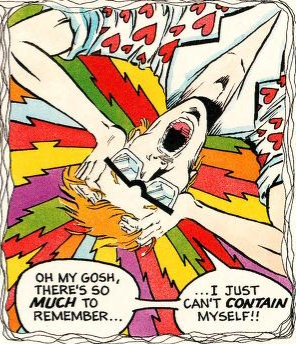
If your system doesn’t have an expansion slot or a CD-ROM drive, for example like the TurboExpress, this is a no-brainer. Similarly if your main desire is save states for HuCards. My tests worked perfectly, even moving across consoles.
The CD-ROM support is great and took everything I threw at it, but mono audio may be too much of a sacrifice for some people. (Look out for that external DAC!) Hopefully a faster drive speed option can be made for games that support it with a firmware update. But it’s still a very solid option for anyone without a Duo; plus, krikzz is generally a lot better at having products in stock, and cheaper than TerraOnion to boot.
As for Duo owners? Better buy discs.

